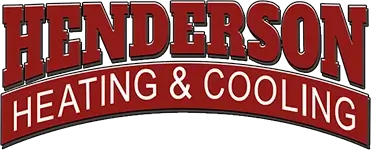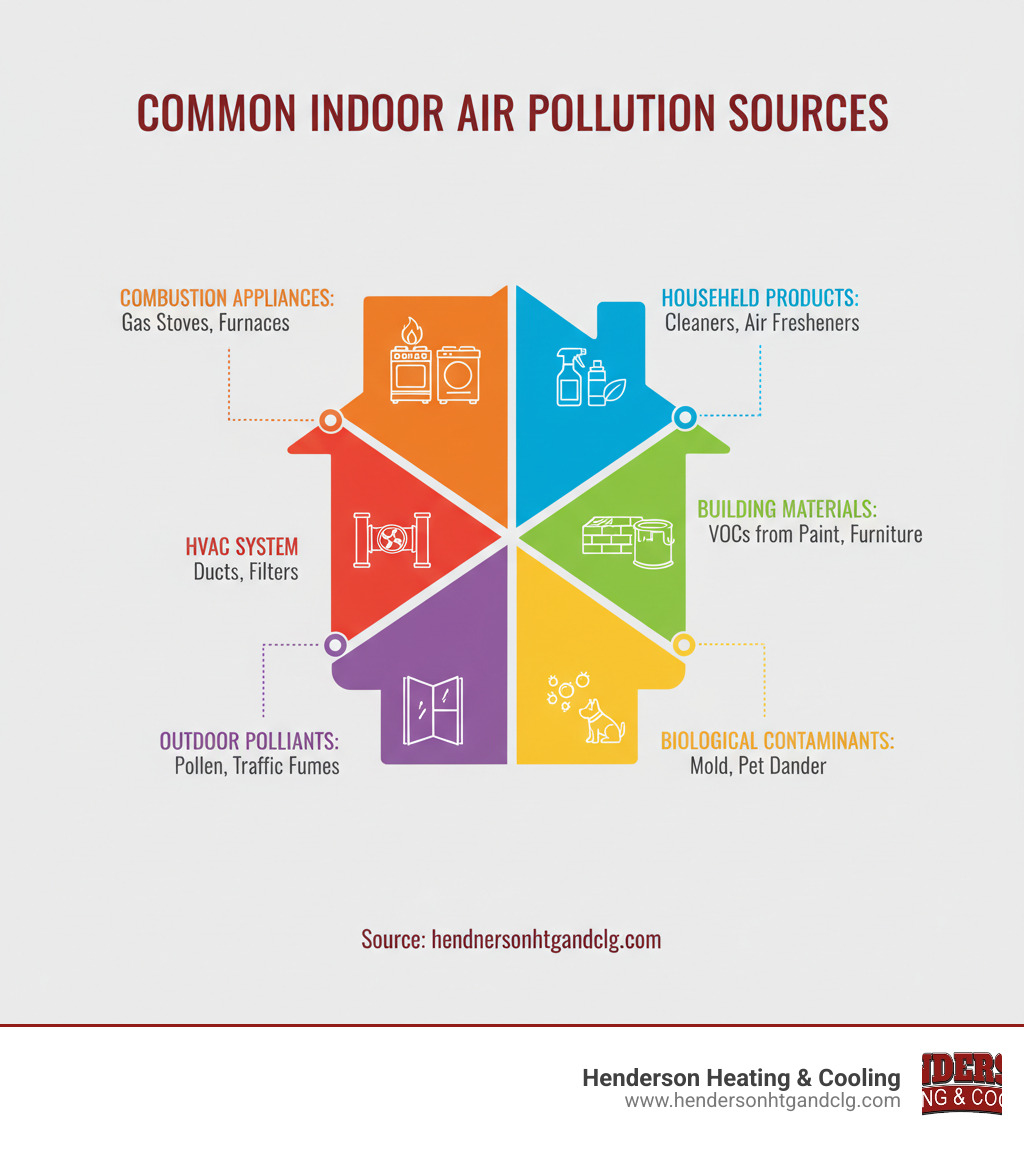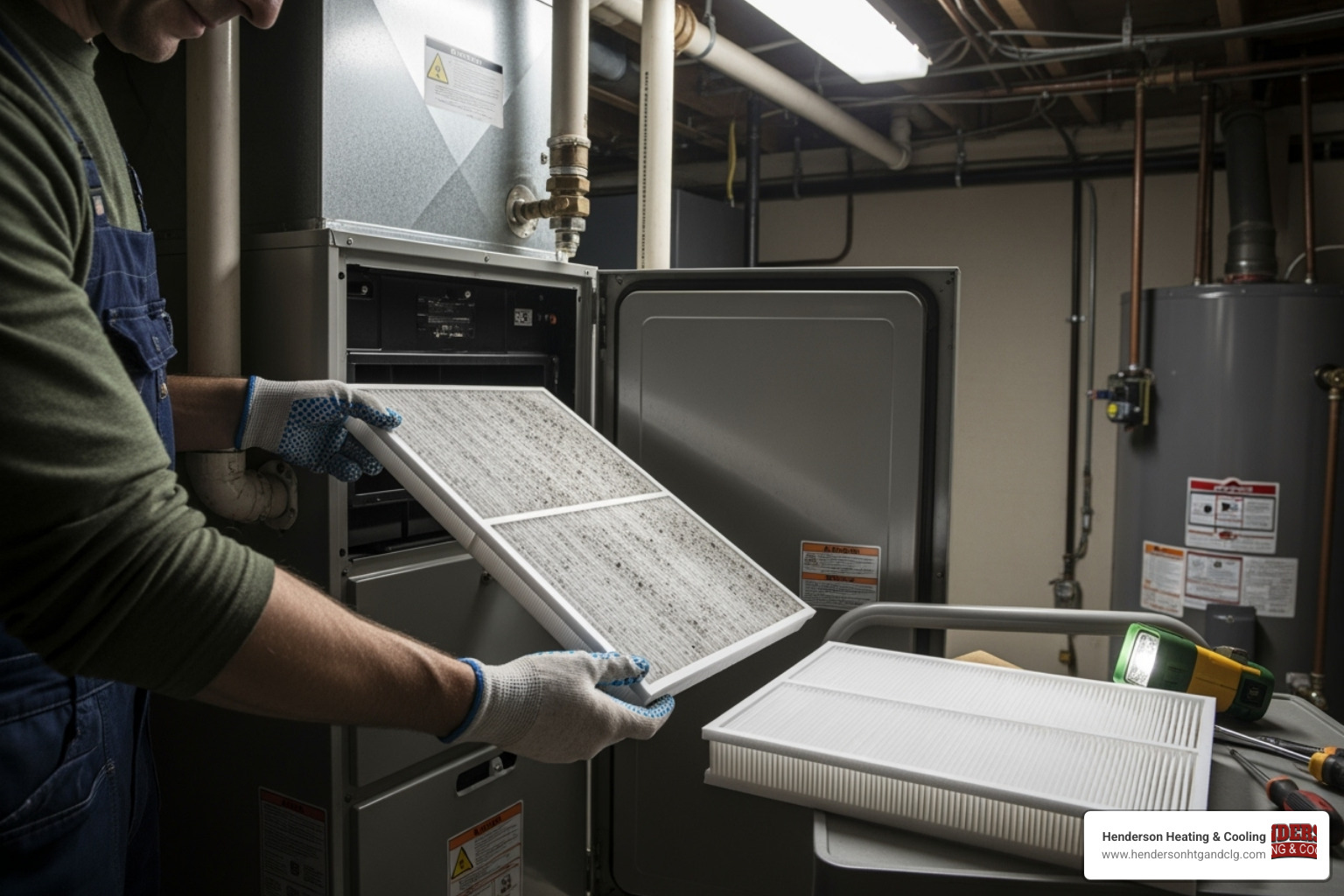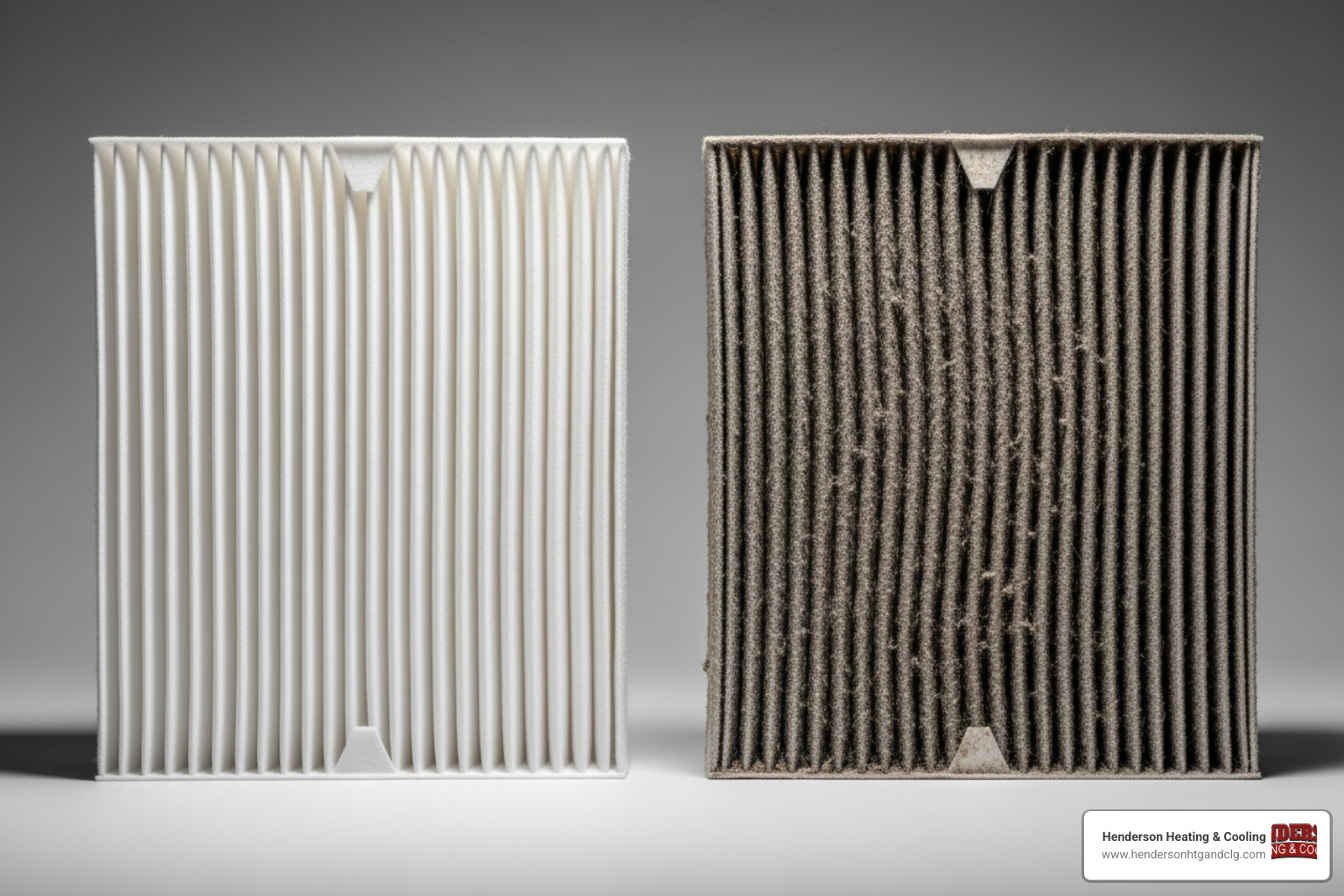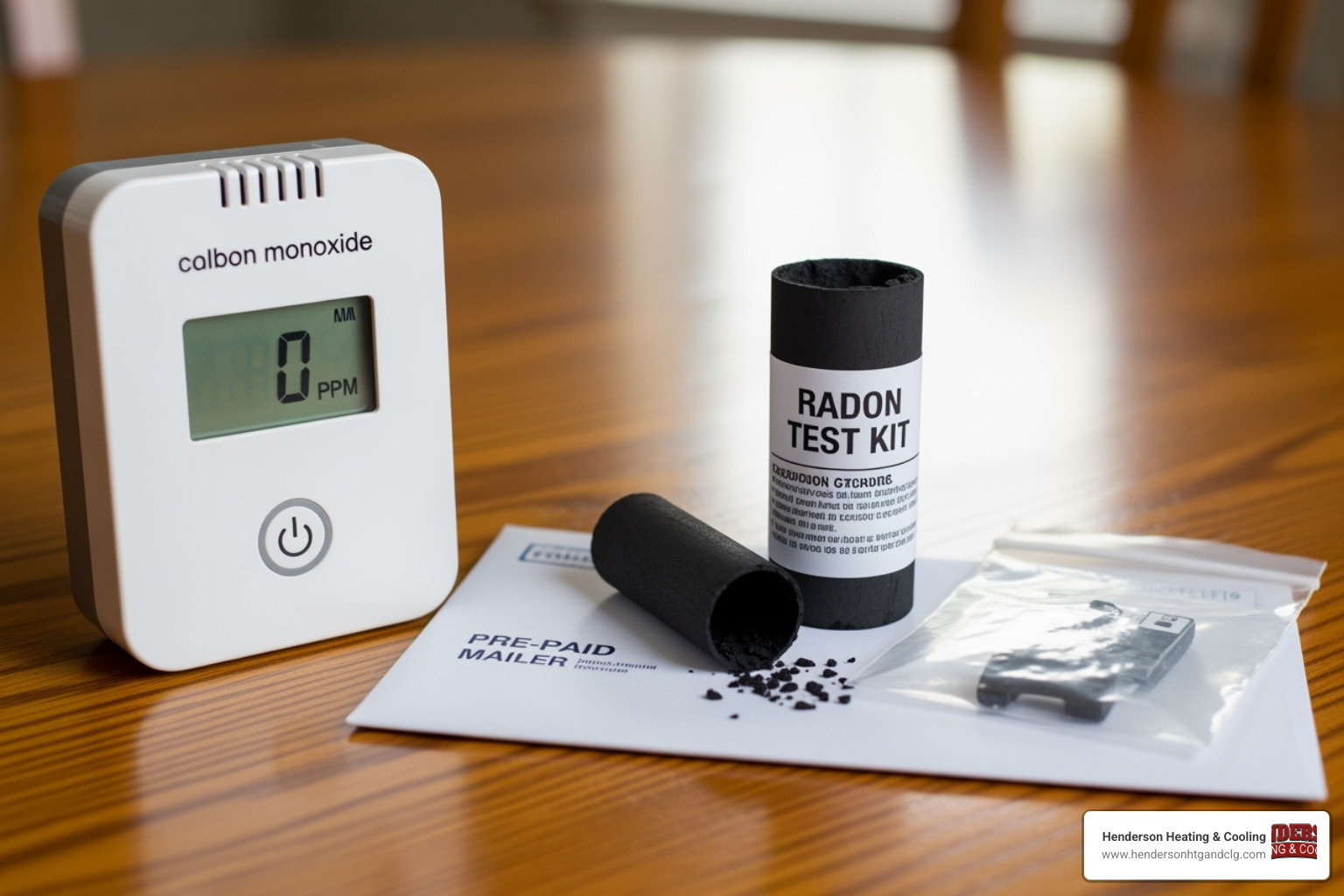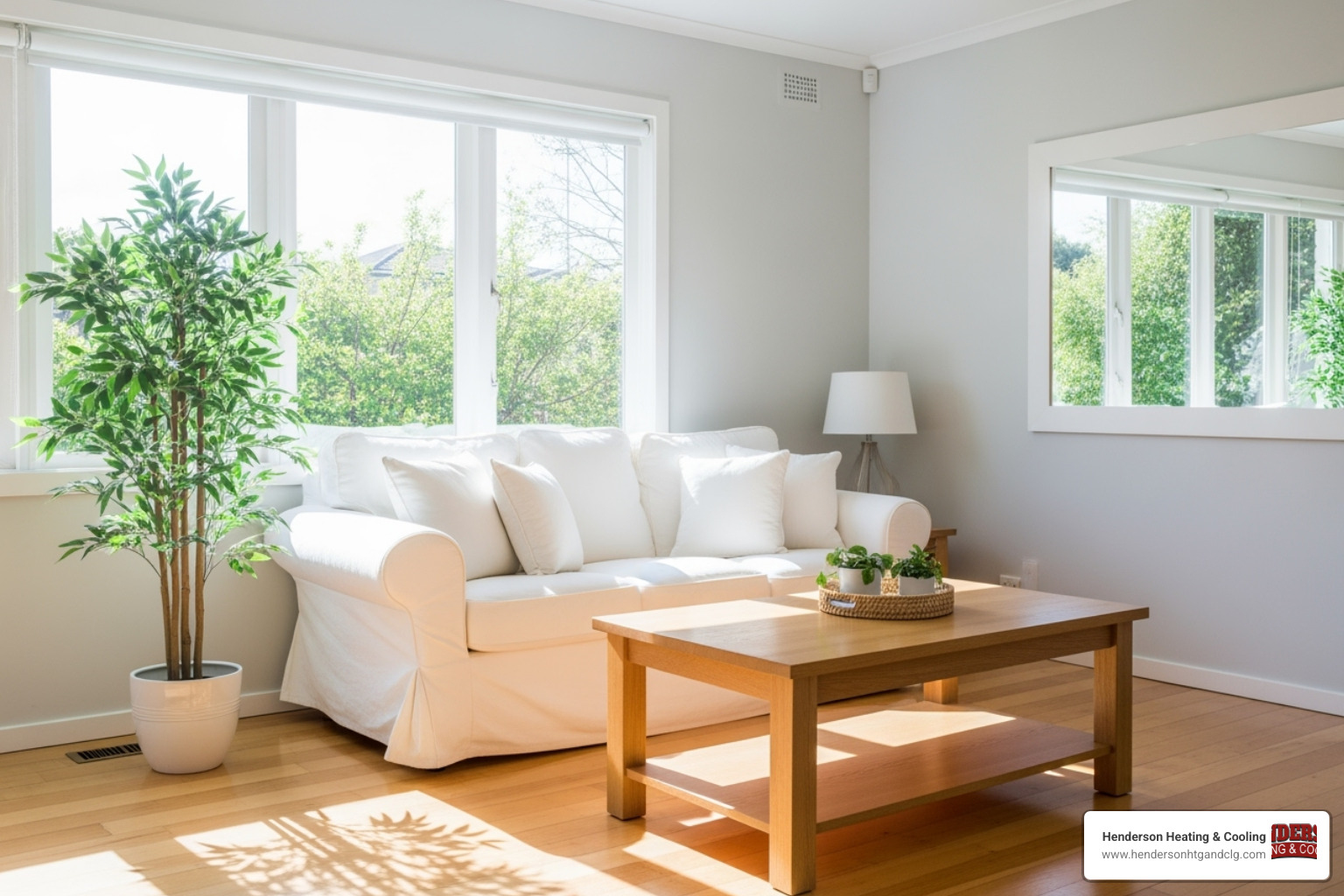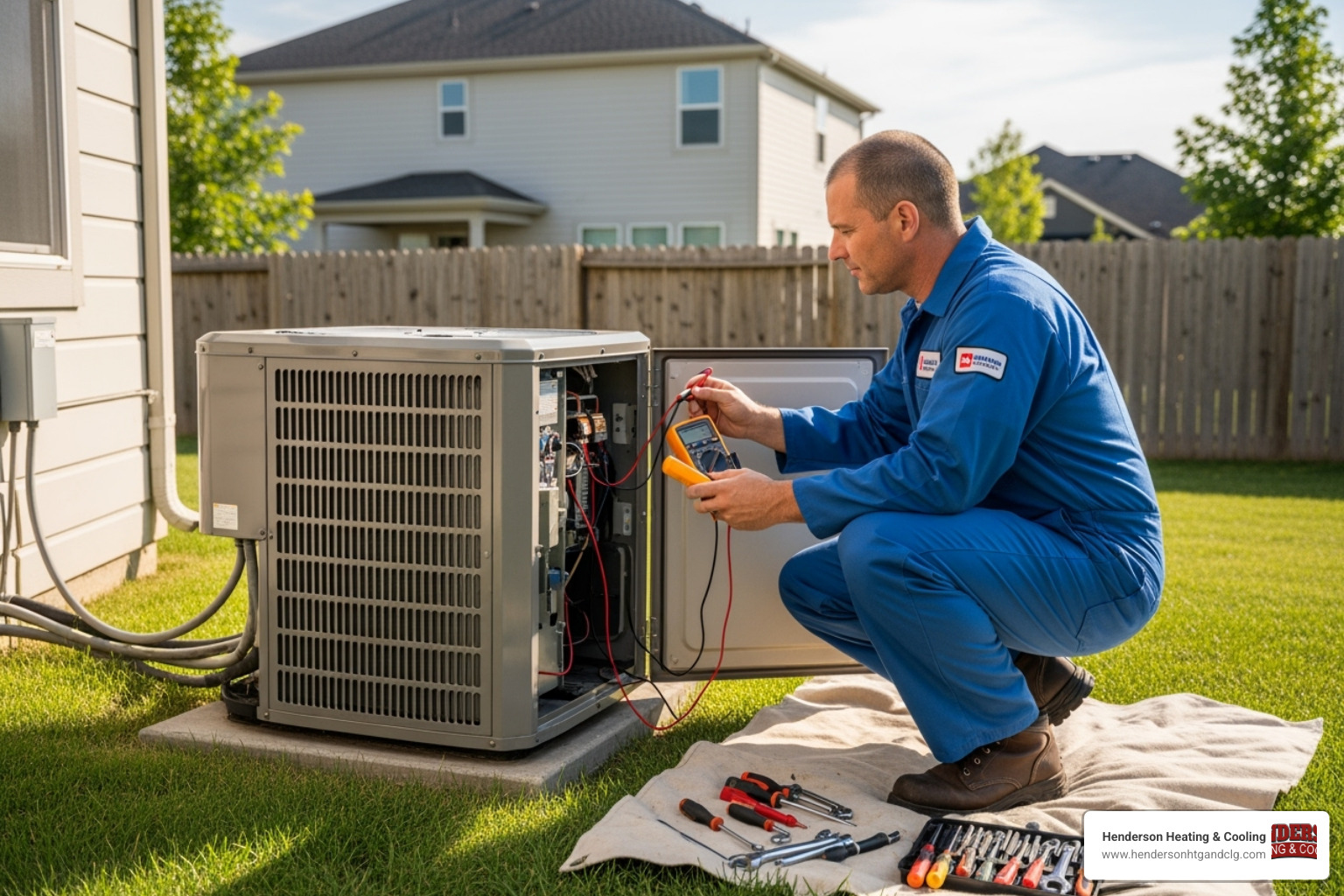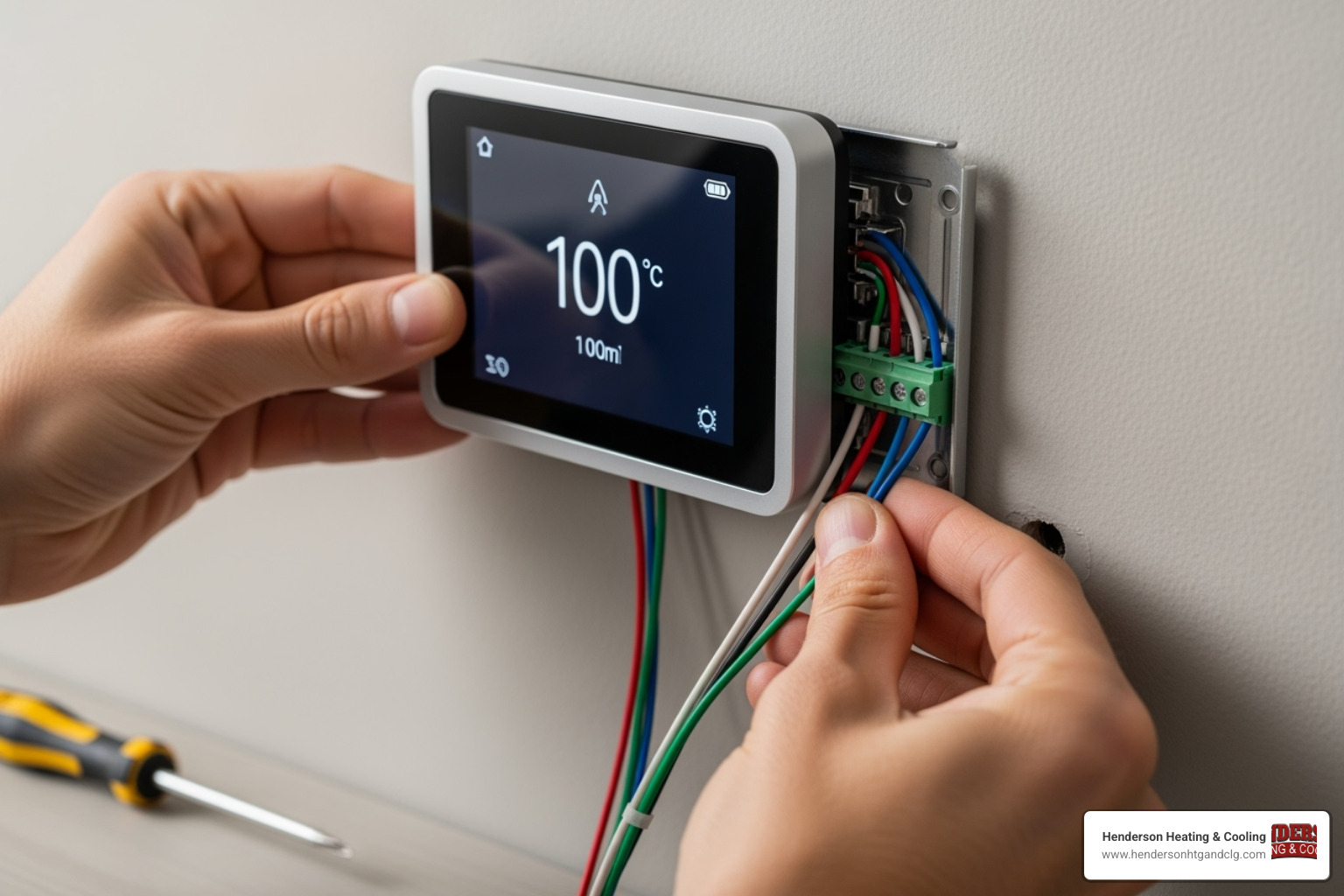Why Indoor Air Quality Should Be Your Top Priority
Indoor air quality directly affects your health and well-being. Here’s what you need to know:
Key Facts About Indoor Air Quality:
- Americans spend 90% of their time indoors
- Indoor air can be 2-5 times more polluted than outdoor air
- Poor air quality causes symptoms like headaches, fatigue, and irritation
- Long-term exposure can lead to respiratory disease and cancer
- Simple improvements can dramatically reduce health risks
Many homeowners in Southwest Missouri don’t realize the air inside their home could be harming their family’s health. Indoor air pollution comes from surprising sources like furniture, cleaning products, and gas appliances. Without proper ventilation, these pollutants get trapped inside, building up to dangerous levels.
The good news is you have control over your indoor air. Small changes and proper HVAC system care can create a healthier environment. This guide will show you how to identify and fix air quality problems, from DIY solutions to professional help from your local HVAC experts.
Basic indoor air quality glossary:
Why Your Indoor Air Quality is a Critical Health Concern
You might be surprised to learn that the air inside your home is often much more polluted than the air outside. Studies show indoor air can be 2 to 5 times more polluted, and since Americans spend about 90% of their time indoors, this directly impacts your family’s health.
Poor indoor air quality causes both immediate symptoms and long-term health problems.
Short-term effects can feel like everyday annoyances, such as headaches, dizziness, fatigue, and irritation in the eyes, nose, and throat. A telltale sign is that these symptoms often improve when you leave the house.
Long-term health effects are far more serious. Continuous exposure to indoor pollutants can lead to respiratory diseases like asthma, heart disease, and even certain types of cancer. The World Health Organization links millions of deaths each year to poor indoor air, highlighting that the air we breathe indoors can be a serious health risk.
Some family members face higher risks. Children, the elderly, and anyone with pre-existing conditions like asthma or allergies are more vulnerable to the effects of air pollutants.
The Hidden Dangers: Specific Pollutants and Their Impact
Understanding what’s in your home’s air helps you protect your family. Here are the most common culprits in Southwest Missouri homes.
Radon is a sneaky threat. This radioactive gas is colorless and odorless, seeping into homes from the ground. It’s common in our area and is the leading cause of lung cancer in non-smokers, with the EPA estimating 21,000 lung cancer deaths annually.
Carbon monoxide is the “silent killer.” This toxic gas comes from fuel-burning appliances like furnaces and gas stoves. Without proper ventilation, it can build to fatal levels. The CDC warns that even low levels cause fatigue and chest pain.
Formaldehyde off-gasses from many common household items, including pressed-wood furniture, glues, and some fabrics. The National Toxicology Program classifies it as a known human carcinogen that also causes eye, nose, and throat irritation.
Mold and other biological contaminants thrive in Missouri’s humid climate. Mold spores, dust mites, and pet dander can trigger allergies and asthma. Research shows that reducing mold exposure provides long-term health benefits, especially for children.
Understanding Your Home’s Unique Indoor Air Quality Profile
Every home has a unique indoor air quality profile. Pollutant sources are everywhere, from combustion appliances like gas stoves and furnaces to building materials and furniture that off-gas chemicals. Household products like cleaners and air fresheners also contribute, as do outdoor pollutants that sneak inside.
Modern homes create an unexpected problem. They are built to be airtight for energy efficiency, which is great for utility bills but terrible for air quality. This design traps pollutants inside, allowing them to build up to unhealthy levels without proper ventilation.
Understanding your home’s specific situation is the first step toward finding the right HVAC and indoor air quality solutions to protect your family.
A Homeowner’s Guide to Improving Indoor Air Quality
Improving your home’s indoor air quality is manageable with a consistent approach. There’s no single magic solution; instead, a three-pronged approach is most effective:
- Source control: Stop pollutants before they enter your air.
- Ventilation: Bring in fresh air and remove stale air.
- Air cleaning: Capture any remaining contaminants.
When used together, these strategies create a powerful defense system for clean, healthy indoor air.
Strategy 1: Control the Source
The most effective way to improve indoor air quality is to stop pollutants at their source. It’s easier to prevent a problem than to fix it.
- Properly store chemicals: Keep paints, cleaning supplies, and pesticides in tightly sealed containers in a well-ventilated area like a garage, not in your living space.
- Choose low-VOC products: When renovating, select low-VOC or zero-VOC paints, furniture, and flooring to reduce harmful chemical off-gassing.
- Clean and dust regularly: Use a HEPA-filtered vacuum and a damp cloth for dusting to effectively capture allergens and particles before they become airborne.
- Manage pet dander: If you have pets, groom them regularly and wash their bedding often. Hard flooring is easier to keep clean of dander than carpet.
- Maintain 30-50% humidity: Control mold and dust mites by using exhaust fans in bathrooms and kitchens. A dehumidifier can help in damp areas like basements.
- Maintain combustion appliances: Ensure your gas stove, furnace, and water heater are properly vented and professionally inspected annually. Never use a gas oven to heat your home.
Strategy 2: Ventilate Your Home
Think of ventilation as giving your home a chance to breathe. Fresh air coming in and stale air going out is a simple but powerful concept.
Natural ventilation works beautifully when conditions are right. Opening windows on opposite sides of your home creates a cross-breeze that flushes out accumulated pollutants, moisture, and odors.
Mechanical ventilation is essential when natural methods aren’t practical. Your kitchen and bathroom exhaust fans remove moisture and pollutants at the source. Ensure they vent outside, not into an attic or wall space.
For tightly built modern homes, whole-house ventilation systems are game-changers. They continuously exchange fresh outdoor air for stale indoor air, maintaining good air quality even with windows closed.
Strategy 3: Clean the Air with Filtration and Maintenance
Filtration and maintenance capture any contaminants that source control and ventilation miss.
Your HVAC system is the perfect tool for cleaning your home’s air as it circulates. The key is using the right filter and changing it regularly. Our Comprehensive Guide to Home Air Filters can help you choose.
MERV ratings indicate a filter’s effectiveness at capturing particles—higher numbers mean finer filtration. However, you must balance filtration with your system’s airflow requirements.
The importance of regular filter changes is critical. A clogged filter restricts airflow, reduces efficiency, and fails to clean the air. Stick to a regular schedule for filter changes to keep your system running well and your air clean.
Air purifiers offer an extra layer of protection. Whole-home systems integrate with your ductwork, while portable units are great for specific rooms.
Ductwork maintenance is crucial for indoor air quality. Ducts can collect dust, allergens, and mold over time, which then get blown into your home. Professional duct cleaning removes this buildup, ensuring cleaner air delivery.
Our guides on How Clean Air Ducts Improve Your IAQ and the Benefits of Expert Air Duct Cleaning explain this process in more detail.
How to Test and Monitor Your Home’s Air
Many of the most dangerous indoor air pollutants are invisible and odorless, making testing and monitoring essential for your family’s safety.
Identifying Problems
Pay attention to clues about poor indoor air quality. Physical symptoms like headaches, fatigue, or dizziness that improve when you leave home are a major red flag. Other signs include stuffy air, persistent odors, condensation on windows, or excessive dust.
However, the most dangerous pollutants, like radon and carbon monoxide, provide no warning signs and can only be found through testing.
DIY Testing Methods
You can test for the most critical pollutants yourself.
- Carbon monoxide detectors: These life-saving devices are essential. Install UL-listed detectors on every level of your home, especially near sleeping areas, to get an alert before this gas from faulty appliances reaches dangerous levels.
- Radon test kits: These simple kits are available at hardware stores. Since radon is a leading cause of lung cancer and common in Southwest Missouri, every homeowner should test their home’s levels.
When to Consider Professional Testing
DIY tests are great, but sometimes you need a professional assessment.
Consider professional indoor air quality testing for:
- Persistent symptoms that don’t resolve after making basic improvements.
- Post-renovation to check for chemicals from new materials.
- Visible mold growth or after water damage to find hidden issues.
- Unexplained odors that linger despite cleaning.
Special Considerations for Public Spaces and Workplaces
Indoor air quality is also critical in the places where we work and learn.
Schools face unique challenges. Children are more vulnerable to pollutants, and poor air quality can hinder their ability to learn and concentrate. Studies show students in schools with better indoor air quality have higher test scores and fewer sick days.
Office environments see similar effects. Stale, polluted air harms employee productivity and well-being, leading to “sick building syndrome.” Research confirms that workers in “green” environments with low indoor pollutants have better cognitive function.
In these larger spaces, commercial HVAC maintenance is critical. These complex systems must meet specific ventilation standards for public buildings (set by organizations like ASHRAE) to ensure enough fresh air circulates for everyone’s health and performance. Good air quality in public spaces isn’t a luxury—it’s a necessity.
Frequently Asked Questions about Indoor Air Quality
Here are answers to the most common indoor air quality questions we hear from Southwest Missouri homeowners.
What are the most common signs of poor indoor air quality?
Look for these common signs:
- Physical clues: Stuffy air, persistent musty or chemical odors, excessive dust, and condensation on windows.
- Health symptoms: Nagging headaches, fatigue, or irritation of the eyes, nose, or throat. A key indicator is if these symptoms improve when you leave the house.
Can houseplants significantly improve my home’s air quality?
While houseplants are great for adding life to a room, research shows they don’t remove enough pollutants in a typical home to meaningfully purify the air. The famous NASA studies were conducted in small, sealed chambers, which doesn’t reflect a real-world home environment. For effective indoor air quality improvement, focus on source control, ventilation, and filtration. Consider plants a beautiful bonus, not a primary solution.
How often should I have my air ducts cleaned?
The EPA recommends cleaning air ducts on an as-needed basis. It’s time to call a professional if you see:
- Visible mold growth in your ducts or on other HVAC components.
- Evidence of pest infestation in your ductwork.
- Excessive dust and debris clogging the ducts or blowing out of your vents.
If allergy or asthma symptoms worsen when the HVAC system runs, that’s another sign your ducts may need cleaning. Our guide on what to expect from air duct cleaning services explains the process in detail.
Take Control of Your Home’s Air Today
You now have the knowledge to improve your home’s indoor air quality. The path is clear: control pollutants at the source, ventilate with fresh air, and use quality filtration.
Proactive maintenance is your secret weapon. Simple habits like changing air filters, using exhaust fans, and storing chemicals properly make a dramatic difference. These small, consistent actions transform your home into a safe haven, protecting your family from respiratory issues and other health concerns.
Henderson Heating & Cooling understands the unique IAQ challenges in Southwest Missouri, from humid summers that foster mold to sealed-up winters that trap pollutants. Our team specializes in Daikin systems that actively improve your home’s air quality, not just heat and cool it.
Whether you need high-efficiency air filtration, thorough duct cleaning, or expert advice on your specific concerns, we can help. Our comprehensive approach ensures your family breathes cleaner, healthier air.
Don’t wait to improve the air you breathe every day. Your family’s health is too important. Contact us to learn more about our indoor air quality services and find how we can create the healthy home environment you deserve. With our Comfort Promise, you can breathe easy knowing you’ve made the right choice.
